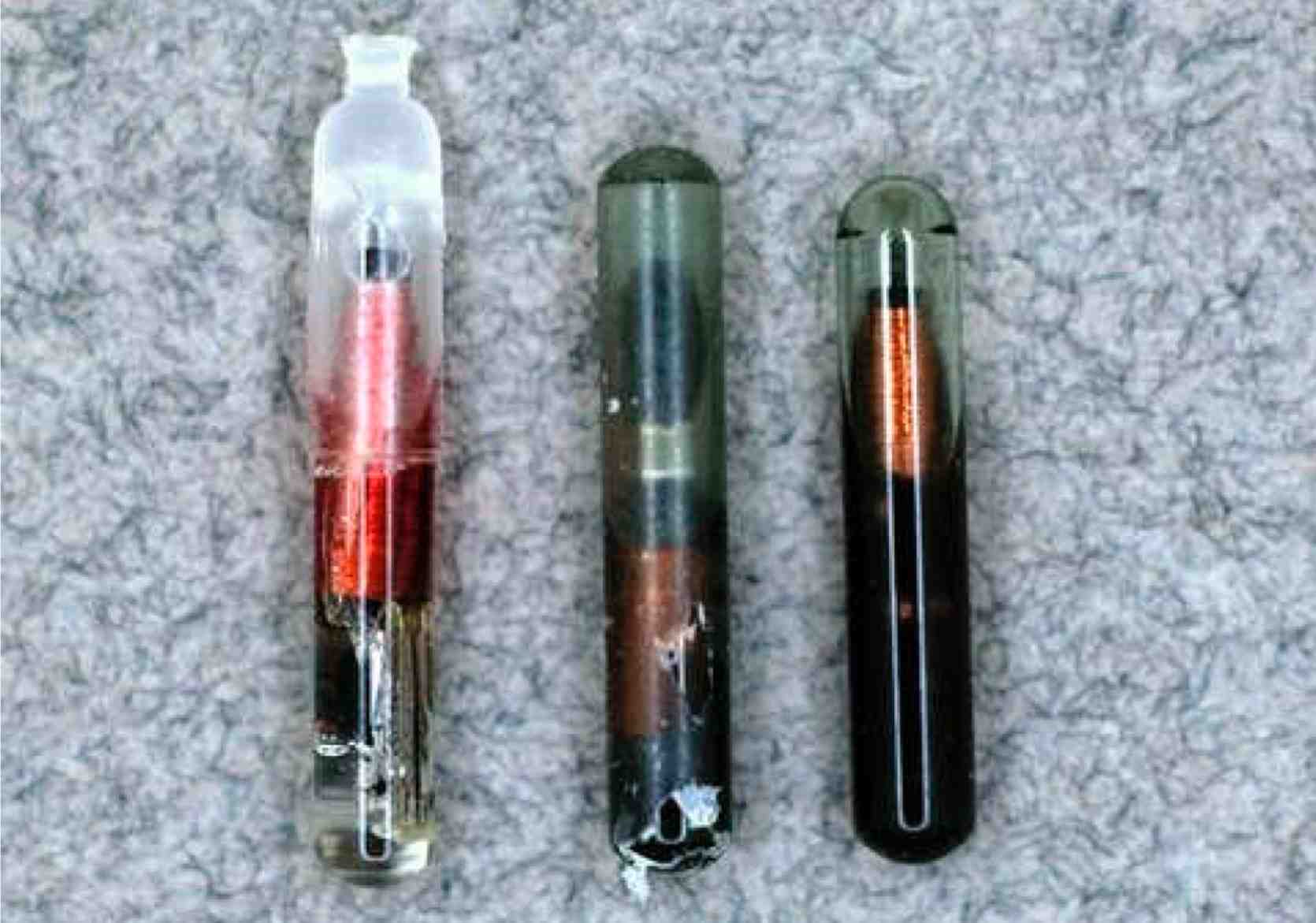RFID FAQ
There are different microchip frequencies. Which one should I use?
That depends on your application and your specific requirements. For guaranteed unique identification, if you are working with endangered species, high-value specimens or applications which are subject to attempted fraud or tampering by bad actors, the TrovanUnique system, which is sometimes known as “128 kHz system,” is recommended. Primarily EU countries require use of so-called FDX-B microchips (sometimes known as “134.2 kHz microchips.”) Trovan can supply those, too. These are subject to code duplication, and in some cases, code alteration, however, so will not provide the same level of data security.
There are different microchip encapsulations being offered. Does it matter?
Yes, it does. Living tissue is 90% water. The highest level of impermeability is achieved with glass encapsulation. Glass is the preferred material in medical applications where permeation is to be avoided and is used in preference to polymers. If fluids are allowed penetrate, and reach the electronic circuitry inside, they will corrode them. This causes the electronics to short circuit, causing the microchip to fail. Penetration of fluids is generally not a problem over a few months or a year or two, but most animals are expected to live longer than that.
What about microchip anti-migration coatings?
So far no independent, third-party studies have been presented that conclusively demonstrate the virtues of plastic caps or parylene in preventing migration and promoting biocompatibility. There is *no* proven benefit to these “anti-migration” devices. In fact, the following abstract of a trial showing use of bioglass only, acid-etched bioglass and the polypropylene cap in beagles shows there is no difference in migration.
http://www.ncbi.nlm.nih.gov/pubmed/10530881
That being said, if you would like parylene coating, we can provide it.
What about anti-migration caps for microchips?
Here is a photo showing one competitor's ‘anti-migration’ cap, and another competitor's parylene-coated microchip next to a Trovan microchip (far right). The Trovan microchip, at 11.5 mm, is the smallest of these. The microchips with “anti-migration” devices do on occasion migrate--irrespective of their alleged "anti-migration" features.

The cap substantially increases the length and thickness of the transponder (a bigger needle is necessary).
So if I want to keep the microchip from migrating, what should I do?
There are two factors that drive migration: microchip size (smaller is better) and implantation. Site selection is very important, and proper implantation technique likewise.
For less experienced implanters, using a product like the ID-1xxVB VetPlant Implanter, which provides tactile feedback assuring proper placement of the chip in the animal, or the ID-100US style lancet, which provides visual feedback, will provide peace of mind. These products have been especially developed by Trovan to help veterinary professionals and other implanters properly place the transponder in the animal.
- Do not handle site/ palpate area during first fortnight after implantation.
- Rest animal during first fortnight.
- Do not use shoulder harnesses.
- Young animals are more prone to experiencing migration - this may have something to do with the animal's own activity and more frequent petting and overt interaction puppies get with their owners. Implanting puppies 5-6 weeks after birth is best: By age 5-6 weeks, just around the time they are weaned away from their mothers, a little hollow has formed between the scapulae, which is a good resting place for the chip. You have to feel for it carefully in small animals, but it is there.
Problems occur when owners or others "have a feel" of the chip, touching it, manipulating it, feeling it. There is empirical feedback that all this rubbing and touching does cause the chip to move.




